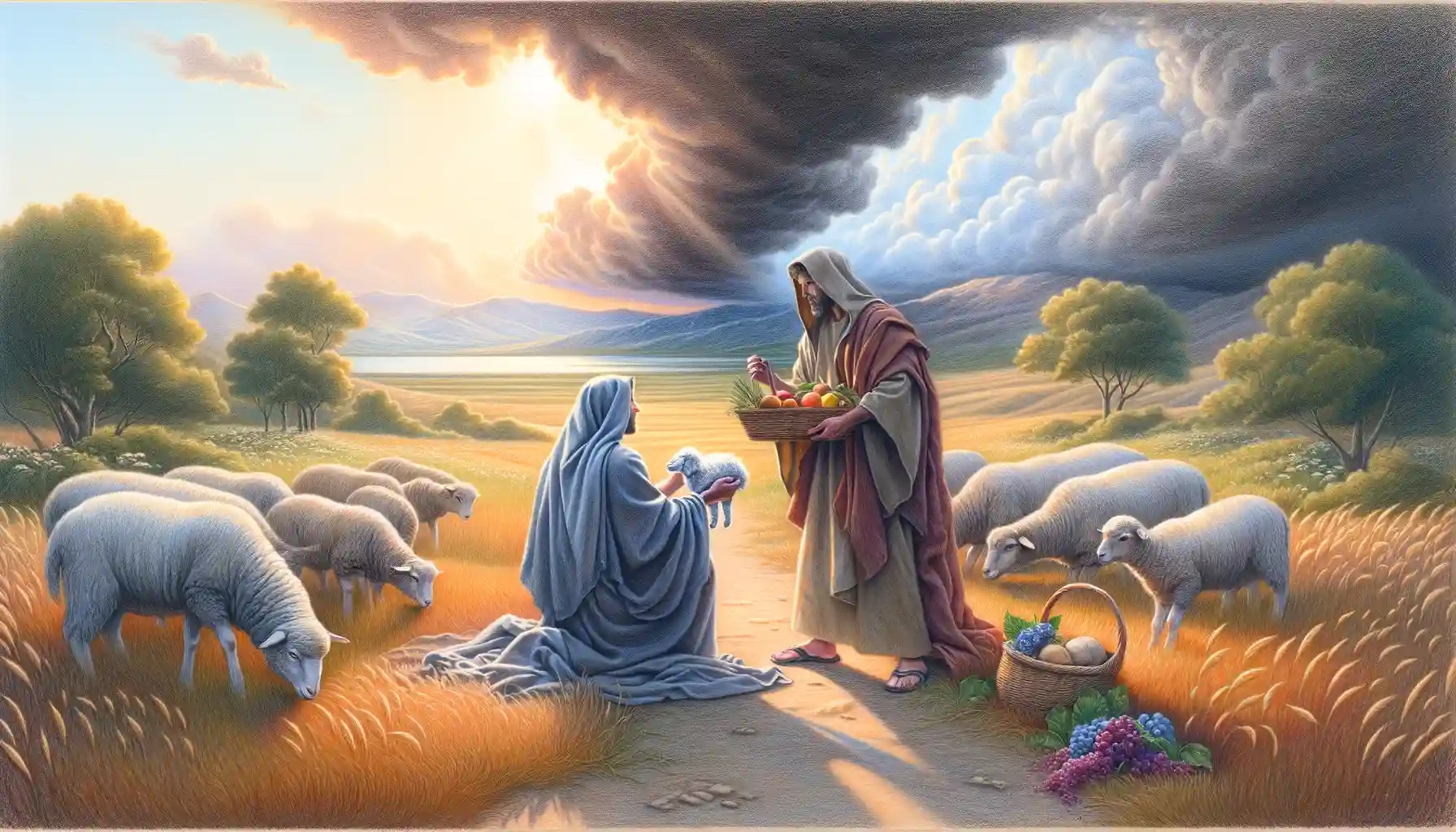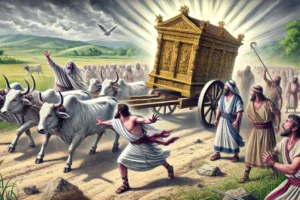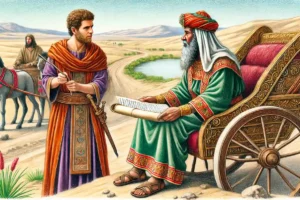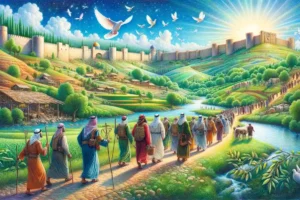
The First Murder (Cain and Abel)
The story of the first murder, involving Cain and Abel, is a pivotal biblical narrative found in Genesis 4. It marks a significant moment in human history, illustrating the severe consequences of sin and jealousy.
- Participants – Cain and Abel were the first two sons of Adam and Eve. Cain was a farmer, and Abel was a shepherd.
- Offerings to God – Both brothers made offerings to God: Cain offered produce from the ground, while Abel offered the firstborn of his flock. God favored Abel’s offering, but not Cain’s, which sowed the seeds of jealousy.
- Cain’s Jealousy and Wrath – Distressed by God’s rejection of his offering, Cain became very angry and his countenance fell. God warned him about sin crouching at his door and urged him to rule over it.
- The Murder – Despite the warning, Cain invited Abel to the fields where he attacked and killed him. This act was the first instance of murder recorded in the Bible.
- Divine Confrontation and Punishment – God confronted Cain about Abel’s whereabouts, leading to Cain’s infamous reply, “Am I my brother’s keeper?” God then cursed Cain to a life of wandering, but also placed a mark on him to prevent others from killing him in vengeance.
- Legacy and Symbolism – The story of Cain and Abel is often interpreted as a moral tale about the dangers of unchecked jealousy and anger. It also discusses themes of responsibility and the sanctity of life.
The story of Cain and Abel, recounted in Genesis 4, is the first narrative of human conflict and murder in the Bible. Cain, the elder brother, is a farmer, while Abel, the younger, is a shepherd. This story not only illustrates familial conflict but also explores themes of sin, guilt, and divine justice.
Theological Insights
- Offerings and Divine Favor
- Both brothers bring offerings to God: Abel from the firstlings of his flock and Cain from the fruits of the soil. God’s favor towards Abel’s offering, but not Cain’s, is crucial and suggests a deeper issue with Cain’s attitude or the quality of his offering, hinting at the importance of intent in worship.
- Sin and Its Mastery
- God warns Cain about the lurking presence of sin, metaphorically described as crouching at the door with a desire to master him. This imagery portrays sin as a beast that one must master or be mastered by. Cain’s failure to heed this warning results in the escalation of his resentment into lethal violence.
- The Act of Murder
- Cain’s invitation to Abel to go out into the field followed by the murder is abrupt and stark, underscoring the suddenness with which sin can lead to catastrophic actions. The narrative does not detail the murder, emphasizing instead the relational breach and the premeditated nature of Cain’s actions.
- Divine Confrontation and Curse
- Following the murder, God’s interrogation of Cain highlights not only Cain’s guilt but also his defiance and lack of repentance, as shown in his retort, “Am I my brother’s keeper?” Cain’s punishment is to be a fugitive and a wanderer on the earth, a divine judgment reflecting the gravity of his sin. However, God also places a mark on Cain, which protects him from vengeance, introducing the concept of mercy alongside justice.
- Long-term Implications
- The murder has profound implications for Cain’s lineage, leading to a legacy marked by violence and estrangement from God. Yet, the narrative also traces the continuation of Adam’s line through Seth, indicating a new beginning and the resilience of God’s plan for humanity.
Cultural and Historical Impact
- Moral and Ethical Lessons: The story of Cain and Abel serves as a foundational narrative in ethical and moral discussions, emphasizing themes like personal responsibility, the destructiveness of envy, and the necessity of self-control over base impulses.
- Symbolism in Literature and Art: This narrative has permeated literature and art, symbolizing the ultimate betrayal and the tragic consequences of unchecked emotions. It is often used to explore themes of fratricide, jealousy, and redemption.
- Religious Teachings: In religious contexts, this story is used to teach about the seriousness of sin and the importance of sincere repentance. It also raises questions about divine justice and mercy, which are central to theological debates.
Conclusion
The story of Cain and Abel is not merely a historical account of the first murder; it is a deeply symbolic and instructive tale that addresses universal themes of human nature, sin, and divine justice. It challenges readers to reflect on their own moral choices and the implications of those choices in their relationships with others and with God.



